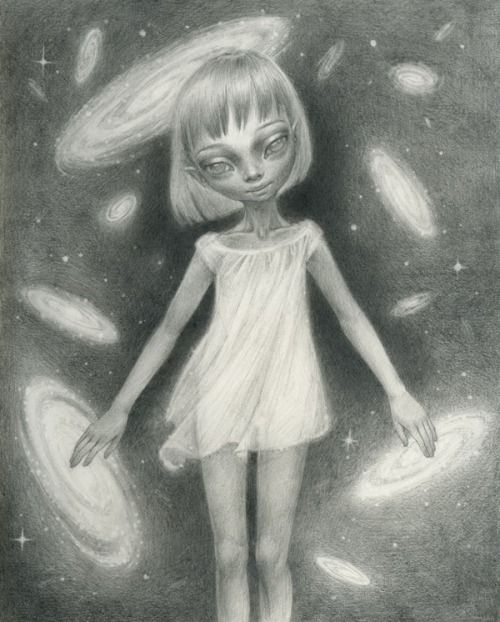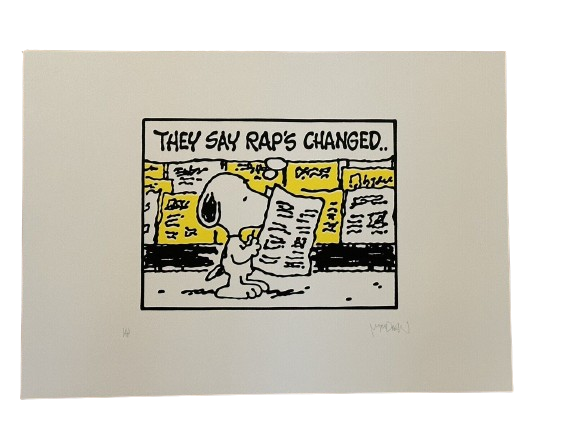
Black & White

Mark Drew They Say Raps Changed Dr Dre Snoop Dog AP Silkscreen Print by Mark Drew
They Say Raps Changed Dr. Dre Snoop Dog A.P. Silkscreen Print by Mark Drew Artist Proof Hand-Pulled Screen Print on Fine Art Paper Limited Edition Pop Street Artwork & Graffiti. A.P. Artist Proof 2019 Signed & A.P. Marked Limited Edition Run Artwork Size 17.01x10.98 Mark Drew's Commentary on the Evolution of Hip-Hop Mark Drew's "They Say Raps Changed Dr Dre Snoop Dog" is an Artist's silkscreen print that speaks volumes about the shifting landscape of hip-hop through the medium of Street Pop Art and Graffiti Artwork. This hand-pulled screen print on fine art paper is a significant work within Drew's oeuvre, demonstrating his ongoing engagement with the dialogue between music and visual art. The artwork is 17.01x10.98 inches and is part of a limited edition run. It is distinctively marked with Drew's signature and the A.P. stamp, indicating its status as an artist's proof and exclusivity within the series. The phrase "They say rap's changed" is a direct nod to the commentary on the evolution of hip-hop culture and music, a prevalent theme in Drew's work. Using screen printing, a technique with a rich history in pop art and street art, Drew creates a visual bridge between the current perception of hip-hop and its roots. The piece serves as a nostalgic reminder and an invitation to reflect on how the genre has grown and transformed over the years. Interplay of Music and Visual Art in Drew's Work The interplay of music and visual art has always been at the heart of Mark Drew's work. His silkscreen prints, often featuring lyrics from iconic hip-hop songs, go beyond mere representation; they comment on the cultural significance of the words and the imagery chosen to accompany them. In "They Say Raps Changed," the use of characters from vintage comics in conjunction with the poignant phrase highlights the contrast between the past and the present, the evolution of an art form, and the universal nature of change. Drew's decision to utilize an artist's proof for this print underscores his art's experimental and innovative nature. Artist proofs are often where the artist finalizes the details of the print, and they carry with them a sense of immediacy and authenticity that is highly valued in Street Pop Art and Graffiti Artwork. This particular piece, with its crisp lines and bold colors, is a testament to Drew's skill as a printmaker and his understanding of the power of street art to communicate complex messages in an accessible way. The silkscreen print "They Say Raps Changed" is a cultural artifact that encapsulates the spirit of a particular moment in hip-hop history while engaging with contemporary dialogues about the genre. Mark Drew continues contributing to the discourse of street art, pop art, and the intersection of visual culture and music through his work. His prints are aesthetically compelling and serve as historical commentaries, bridging gaps between different eras and genres and inviting viewers to explore the deeper connections between them.
$1,500.00


